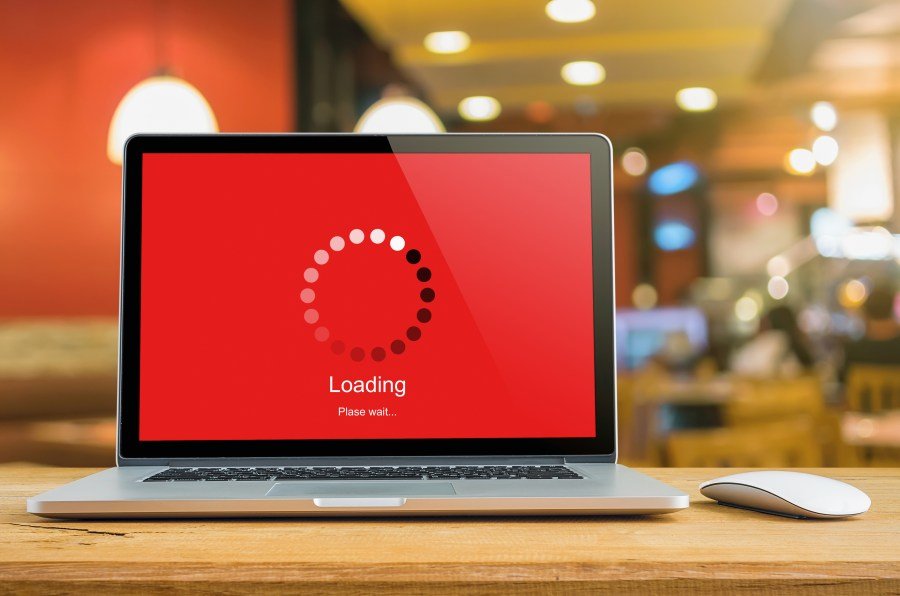
The world of streaming media exists in a realm of weightlessness. We hit play and content appears, powered by the invisible cloud. It feels environmentally virtuous choosing a digital download over a disc or a virtual meeting over a flight. But the environmental impact of this data is surprisingly large and tangible.
That buffer bar connecting you to your favorite show or TikTok is tied to a vast, energy-hungry network few ever think about. Our digital consumption fuels a rapidly growing carbon footprint hiding in plain sight.
The information and communication technology sector, which makes the internet run, now accounts for an estimated 3.7 percent of global greenhouse gas emissions. To put that into perspective, the global network of data centers consumes energy comparable to the entire airline industry. As high-resolution 4K and 8K streaming becomes the norm, global video traffic is exploding — and placing immense strain on energy grids.
Streaming is an invisible relay race of electricity consumption that happens in three main acts:
- The server: Your movie lives on a server in a warehouse-sized data center that uses staggering amounts of electricity, to power and cool computers. Cooling systems can account for nearly half of a facility’s total energy use and draw billions of gallons of water annually to maintain internal temperatures, anchoring the “cloud” to local power and water supplies.
- The network: Fiber-optic cables, routers and switching stations transmit gigabytes of data across the globe. This “always-on” network consumes power continuously, even when idle. The longer data travels and the more digital “hops” it makes, the greater the energy required.
- The device: The device itself is the most overlooked piece of the carbon puzzle, responsible for the largest share of streaming-associated emissions. Larger, higher-resolution screens demand more power. One hour of high-quality streaming can emit 55 grams of carbon dioxide equivalent; streaming four hours daily for a month generates emissions on par with driving more than 100 miles.
When a major tech company builds a billion-dollar facility, the steep new power demand often requires construction of new power plants and transmission lines — frequently fossil-fueled — raising rates for nearby residents and small businesses.
This dynamic creates a cruel imbalance: local communities, often lower-income or marginalized, bear the brunt of increased pollution from added power generation, while profits and convenience flow to wealthier consumers and powerful tech companies. It is inequitable for corporations to reap digital profits while externalizing the environmental cost to the public — especially to communities without affordable access to the very systems creating the pollution.
How do we fix a problem that is invisible to users? The answer lies in redesigning incentives for corporations and consumers.
First, regulators should require tech giants to disclose the energy and water use of their data centers, breaking it down by service (such as streaming, search and cloud storage). Companies should face stricter power usage effectiveness mandates, the standard measure of efficiency. Transparency provides data for accountability and targeted regulation.
Second, we must provide an incentive by making renewable power profitable. Companies like Google and Microsoft already lead in purchasing green energy, setting an example for their supply chains. Policies should promote development of clean energy sources to meet rising data center demand and prevent construction of new natural gas power plants.
Third, we must encourage efficient content delivery. Streaming platforms should default to standard definition, with users having to opt in for high definition or 4K. This small design change could dramatically reduce network traffic and energy use without affecting most viewing experiences.
Meanwhile, consumers can do their part as well in ways that are easy and intuitive. For example, when watching on a small screen or listening to background videos, they can switch to SD. This single action cuts data use and energy consumption across the network.
If you plan to watch something multiple times, just download it once over Wi-Fi rather than streaming it repeatedly. Wi-Fi is generally more energy-efficient than mobile networks and avoids the constant energy draws of repeated streaming.
Finally, extending your phone’s or television’s lifespan, as by refurbishment, reduces production-related carbon output and limits e-waste. It also saves consumers money.
To fulfill the digital age’s promise of speed, we must shed the illusion of weightlessness. Climate action is not just about how we drive or heat our homes; our daily digital habits have tangible environmental impacts. By aligning personal behavior with smarter incentives and demanding transparency from the largest tech companies, our digital future can be truly sustainable.
J. Freya H. Latwin, Ph.D., holds degrees in environmental and developmental economics from the University of Oxford and the London School of Economics and Political Science. She holds affiliate academic positions at East Carolina University, George Mason University and Virginia Polytechnic Institute and State University.


